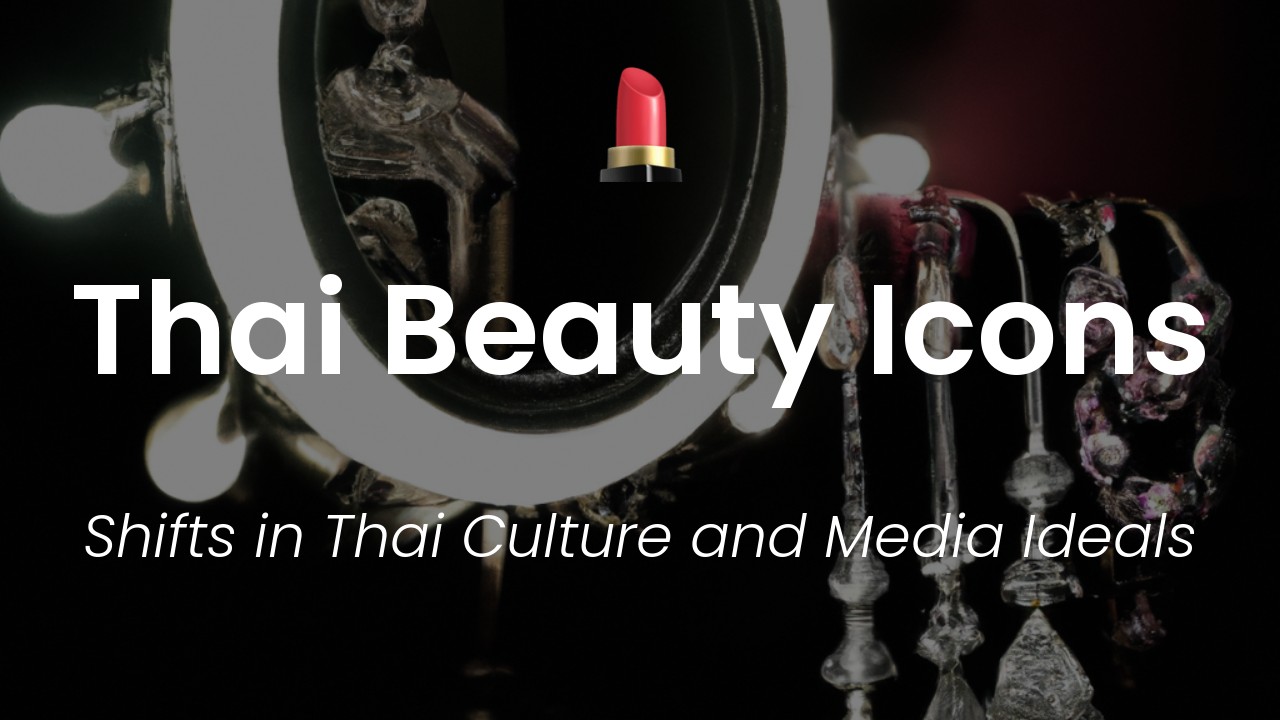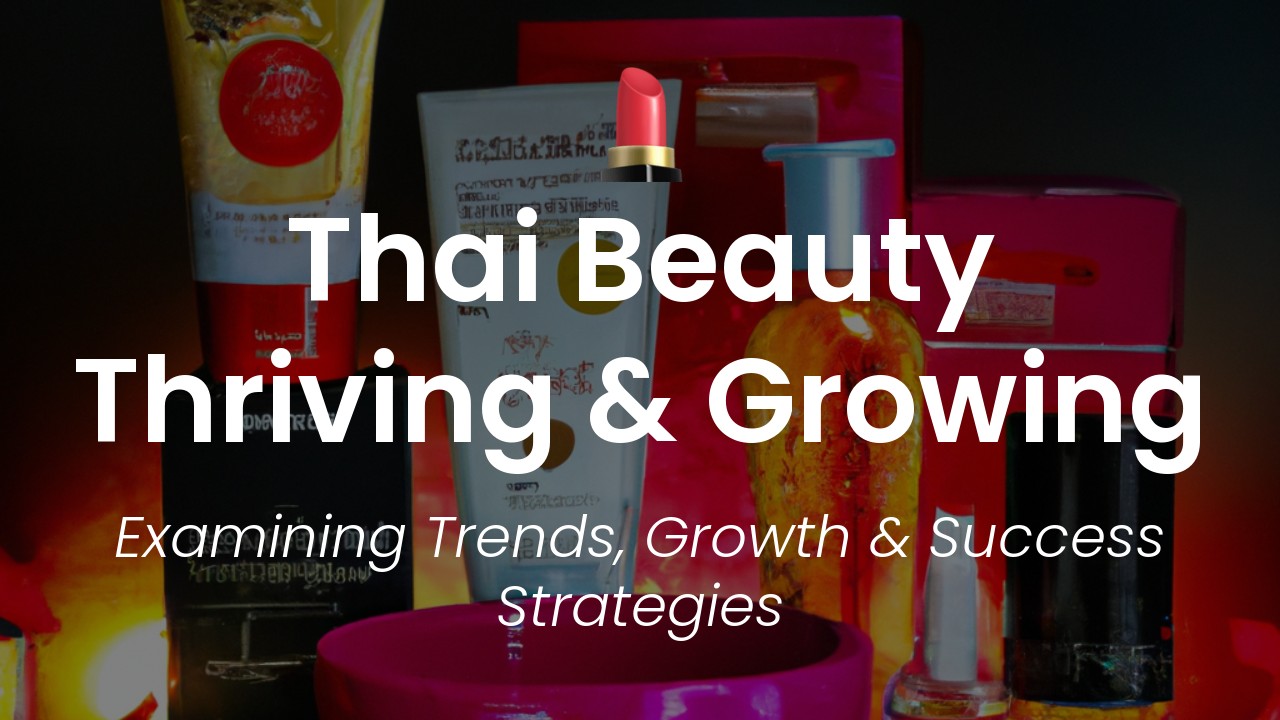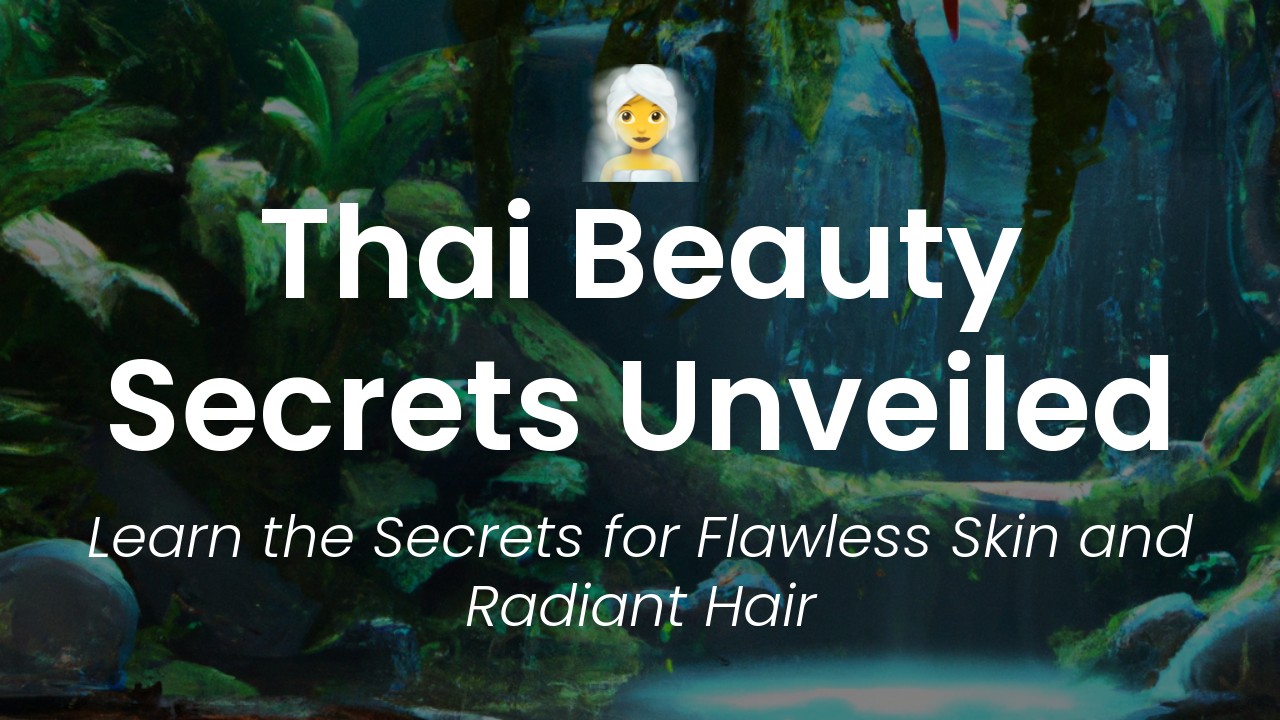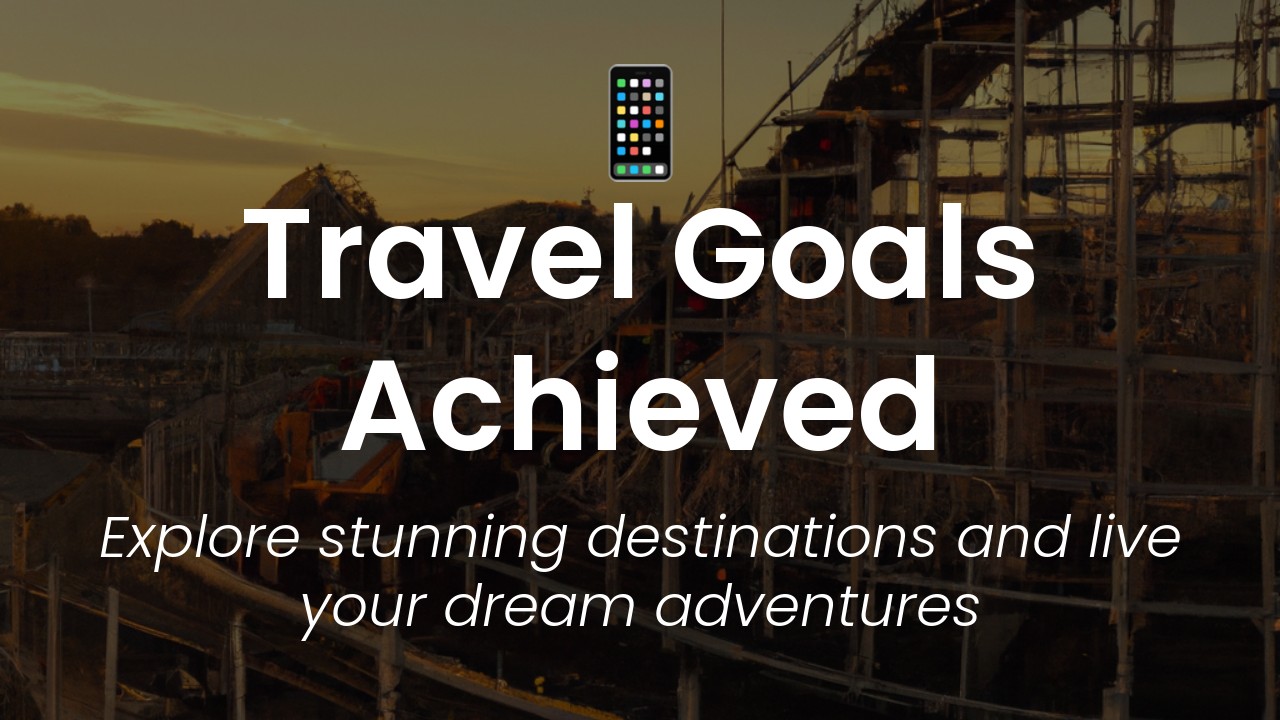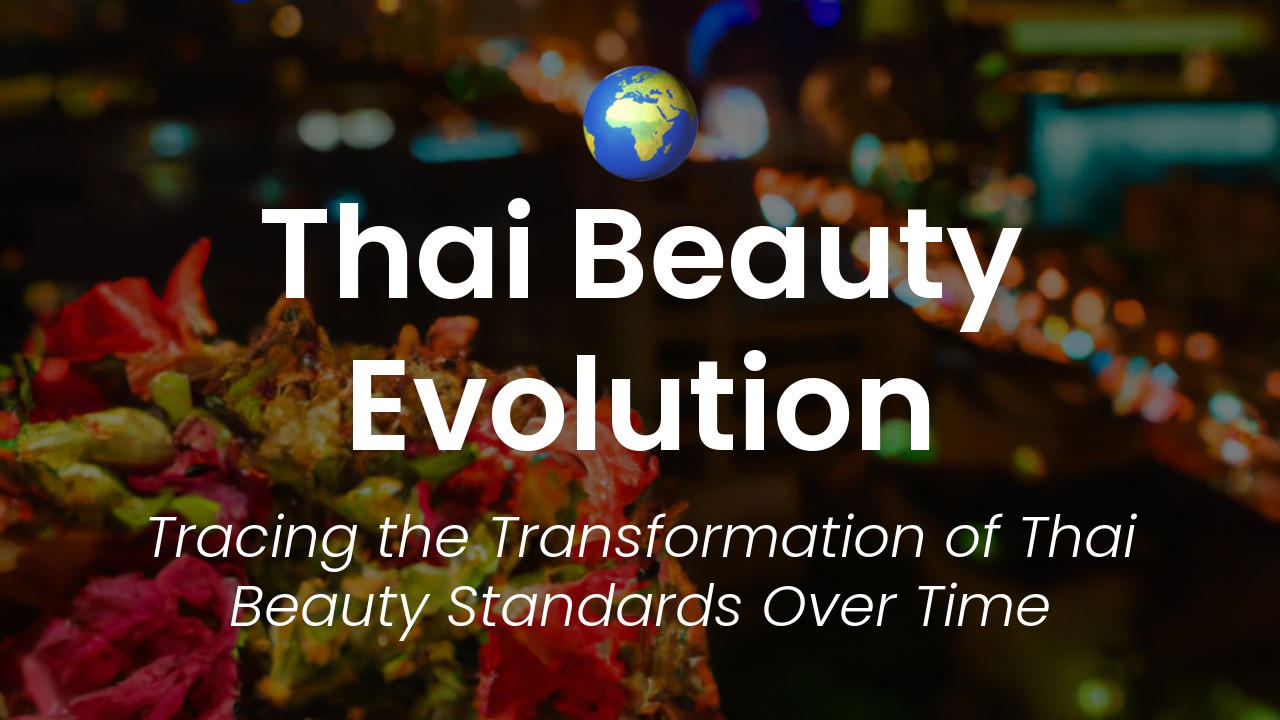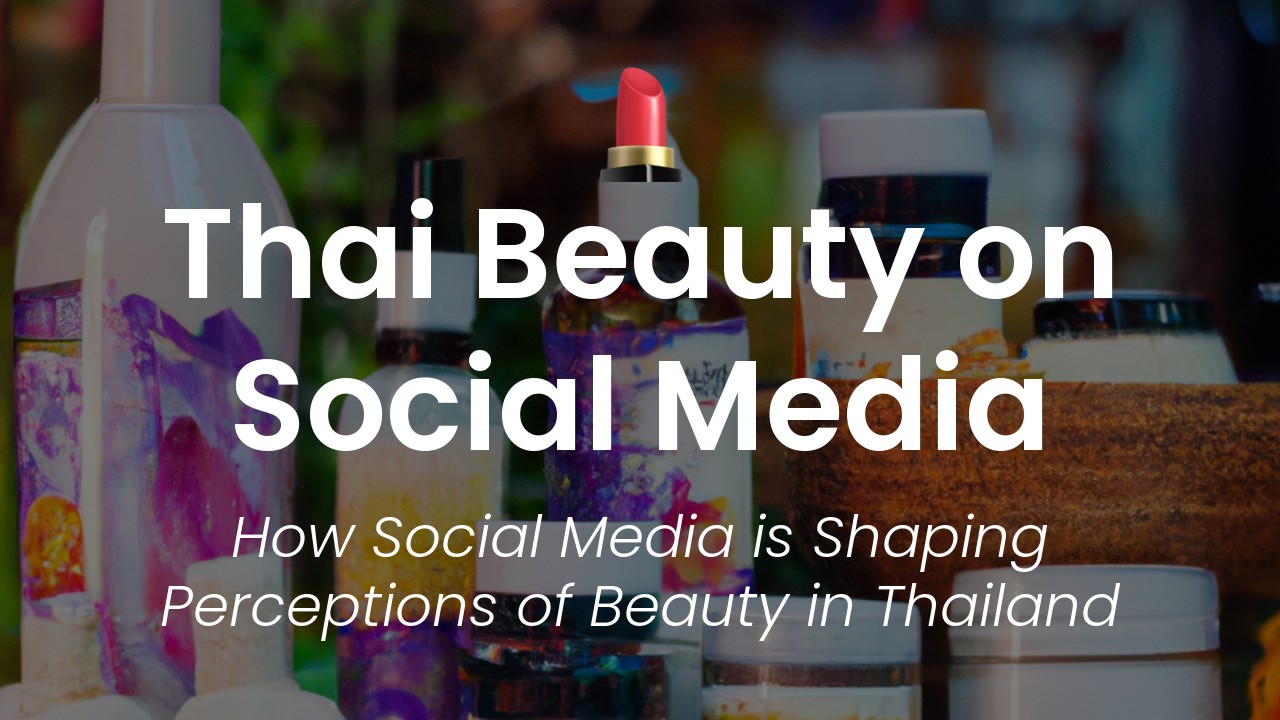As a woman living in Thailand, I have always been exposed to the beauty standards that dictate the lives of most Thai people, especially women. From a young age, I was told that light skin and European facial features were the epitome of beauty. Although I was able to recognize the absurdity of such standards, I still found myself succumbing to these ideals, mainly due to the mass media's influence.
As I grew up, I noticed that the beauty standards that I and other women were held to didn't shift much; however, the faces that were considered 'beautiful' did. In the early 2000s, Thai celebrities were the primary driving force behind beauty standards. The era was dominated by thick, arched eyebrows, a defined nose, and a slightly prominent jawline. It was interesting to note how quickly these features became the default definition of beauty.
It is essential to highlight that Thai celebrities have a far-reaching influence, even beyond their country's borders. With the rise of social media platforms like Instagram and TikTok, even non-Thai speakers worldwide have gained access to these public personalities. This post explores how Thai celebrities have affected beauty standards over the years, and how their influence can be both detrimental and empowering for women.
Traditional beauty standards
Thailand has a long history of beauty standards that are ingrained in our culture. The ideal woman was someone who is fair-skinned, slim, and with delicate facial features. In the past, people achieved such standards through natural means such as diet and home remedies. We also had our own traditional beauty practices such as the use of turmeric for skin brightening and body hair removal.
Introduction of Western beauty
As we became more exposed to Western culture through movies and television, our beauty standards started to shift. Pale skin was still desirable, but western beauty standards also promoted curves and a more pronounced bone structure. This is where Thai celebrities came in, as they embodied these new beauty ideals.
Rise of Thai celebrities
In the 1990s, we saw the rise of Thai celebrities who were not only talented but also had attractive features that fit the new beauty standards. These celebrities became role models for many young people and set the standard for what was considered beautiful in Thailand. Actresses such as Aom Phiyada and Nattasha Nauljam were admired for their curvy figures and delicate features.
Impact on the beauty industry
With the rise of Thai celebrities, the beauty industry in Thailand also grew rapidly. People began to invest more in beauty products and services to achieve the same look as their favorite celebrities. Whitening creams and supplements became popular as they promised to give people the fair skin that was in vogue. Plastic surgery also became more popular, with people seeking to achieve the same facial features as their favorite actresses.
Perception of lighter skin
One aspect that is fascinating about the new beauty standards is how it perpetuated colorism in Thailand. Fair-skinned women have always been seen as desirable, but the perception of how light the skin should be became even more extreme. Women who were naturally dark-skinned or tan were often shamed and looked down upon. This is reflected in the marketing of beauty products that used phrases like "whitening" and "lightening" to promote their products.
Cosmetic surgery trends
As mentioned earlier, the rise of Thai celebrities led to an increase in demand for cosmetic surgery. People wanted to achieve the same delicate facial features that their favorite actresses had. One notable trend is the "V-line" surgery, which reshapes one's face to have a v-shaped jawline. This surgery is said to make one's face more attractive and gives the illusion of a slimmer face.
Critiques and social responses
While Thai celebrities have undoubtedly had a significant impact on beauty standards, there have also been critiques of their influence. Critics argue that the emphasis on achieving the same specific look is harmful as it perpetuates narrow and unrealistic beauty ideals. There has also been a growing movement in Thailand that promotes body positivity and self-love, encouraging people to embrace their natural beauty instead of conforming to beauty standards.
In conclusion, Thai celebrities have undoubtedly influenced beauty standards in Thailand. They have set the standard for what is considered beautiful, and people have done everything they can to achieve this look. However, it is essential to recognize the narrowness of these beauty ideals and the harm that it can cause. We need to promote body positivity and encourage people to love themselves for who they are, not what they look like.

